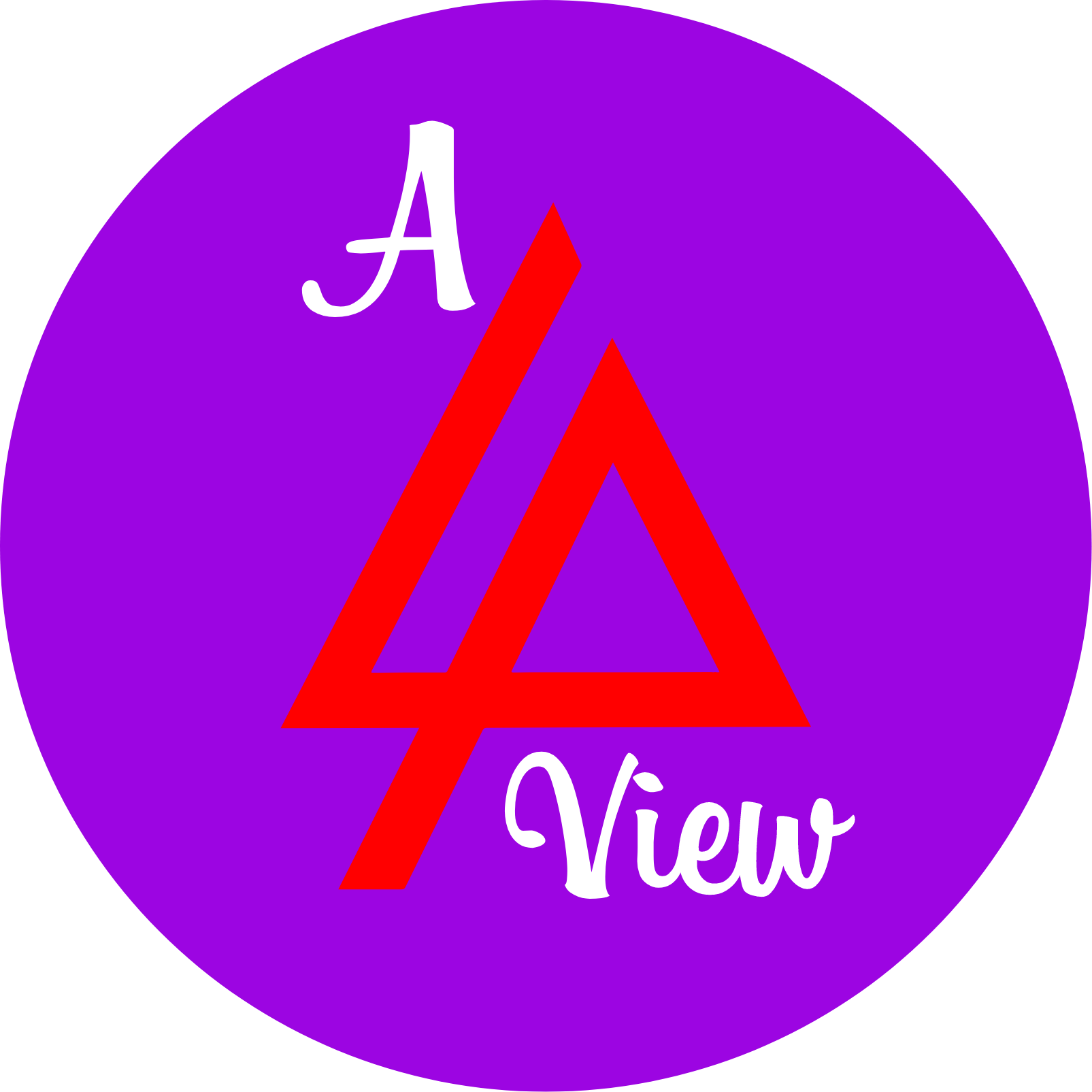KEY POINTS-
- The film "Blue Jean" explores the destructive outcomes of LGBT societal oppression.
- It is also a film for all of us about the psychological damage incurred by maintaining a secret life.
- "Blue Jean" could be used in film therapy.
There are many among us who have hidden lives. Maybe even some readers of this post? Some examples include those hiding a substance-use problem, compulsions surrounding sex or gambling or compulsive shopping, or an ongoing affair. Additionally, some hide their sexual orientation, history of trauma, medical concerns, mental health challenges, and/or past or current legal system involvement. These aspects are relentlessly disguised from the outside world and even from the people closest to us.
These efforts at "pretend normal" ultimately take a psychological toll, and the recent film Blue Jean (2023) depicts this outcome.
Blue Jean introduces us to Jean (Rosy McEwen), a lesbian physical education teacher in the 1988 British public school system, who has created separate but parallel lives. Her girlfriend Viv (an incredible Kerrie Hayes), is confounded, frustrated, and incensed that Jean hides their relationship even to the point of refusing to accept phone calls at the workplace or permitting her to attend students’ competitions (poignantly promising, “I’ll pretend I don’t even know you.”). Jean is in a chronic state of hyper-vigilance, including remaining cordially aloof and unknowable by her colleagues. At the same time, political efforts are underway to pass Section 28, a real-life law that prohibited the promotion of homosexuality in schools. This presents yet another obstacle to Jean; public acknowledgment of her sexuality could lead to job loss.
Into this carefully constructed and ceaselessly self-monitored world enters Lois (Lucy Halliday), a new student, who though obviously underage, sneaks into the bar that unbeknownst to her is frequented by Jean and her friends. Jean does not act as a welcoming mentor to this young girl who is simply seeking community but instead reacts with rage as she attempts to guard the precarious stability of her current life. This is followed by cowardly self-protective tactics as her curated identity is increasingly placed at risk. Jean is no hero but rather a character desperately trying to hold her life together while being wracked by guilt as unintended victims amass.
Films can be approached therapeutically from a literal and a metaphorical level. Blue Jean can without doubt be used at a literal level in film therapy, particularly in the current political climate of the United States, in which some state laws limit teachers’ ability to discuss sexual orientation and gender identity. A recent interview with U.S. Vice President Kamala Harris summarized this predicament: “[T]eachers in this country are now in a position of choosing the closet over job security… And that teacher who is in a loving relationship or marriage is afraid to put up a photograph of their family for fear that if the student in their classroom asks, ‘Who is that?’ [that] it will raise a conversation about a same-sex relationship, and they could lose their job” (pp. 35-36). Early and naive films depicted homosexuality as a psychological mental health condition to be cured; modern films such as Blue Jean instead show that living with multiple systemic oppressions can lead to mental health problems.
Blue Jean be used by LGBT individuals to explore the following issues:
- The coming-out process.
- Relationship conflict arising from partners being at different stages of the coming-out process.
- Systemic oppression.
- The advantages, disadvantages, risks, and benefits of a lifestyle necessitating hiding or disguising one’s sexuality.
What about the use of Blue Jean at the metaphorical level? Many authors state metaphors are far less likely to elicit patients’ resistance and defense mechanisms in contrast to literal depictions. As an informative example, in their 2002 Counselling Psychology Quarterly article on cinema therapy, Sharp, Smith, & Cole suggest that individuals seeking help for a substance use problem would benefit more from the film Interview with The Vampire (1994) than 28 Days (2000). Why this seemingly odd choice? The latter film after all is a character study of a woman in substance-use recovery. The authors explain, “[B]lood is metaphorically the substance and the movie explores the devastating effect of the substance on both the protagonist and his victims” (pg. 272).
At the metaphorical level, Blue Jean is a film for people with a hidden life that, if it was to become public knowledge, could be consequential. From the metaphorical perspective, the film accurately depicts the lying, loss of integrity, emotional exhaustion arising from chronic hyper-vigilance, and unintended collateral victims that accrue in these circumstances.
Blue Jean does not offer a solution, but that is not the job of cinema therapy. The goal is self-exploration either on one’s own or accompanied by a professional in the therapy process. One recognized guideline in film therapy is that viewers should reflect on their responses to a movie, particularly the central character(s) experiencing the crisis, and then shift focus to the similarities to their own problems.
Blue Jean works on many levels. First, it is an intelligent film for a savvy audience. Second, it is a film therapy option for LGBT individuals struggling with societal oppression. Finally, it is a film therapy option that at a metaphorical level addresses the psychological impact of secrets and lies.



